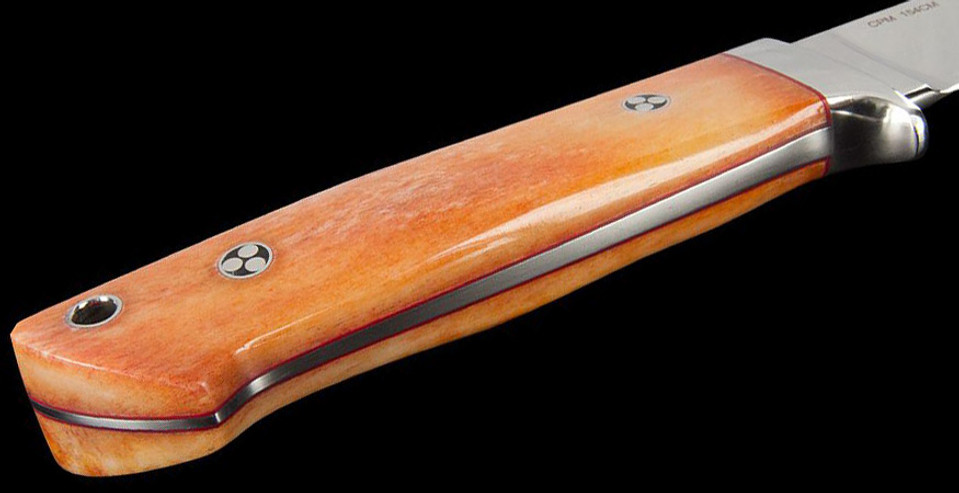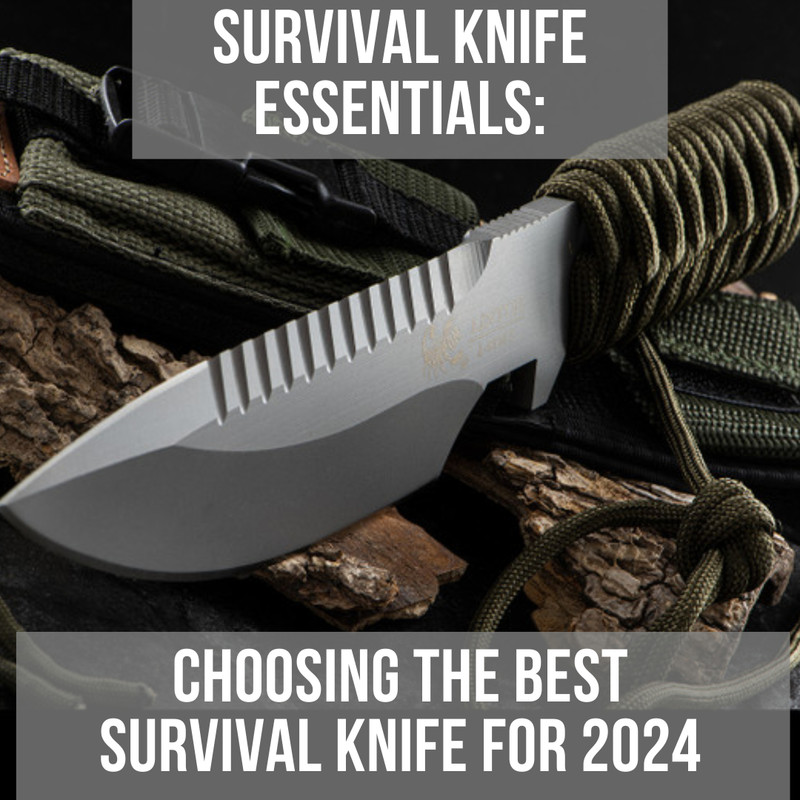To Full Tang or not to full tang, that is the question
Posted by HH on 2nd May 2016
What is a full tang and partial tang?
Let’s begin with the full tang . . .
A full tang extends the full length of the knife from tip to grip. A full tang may or may not extend the full width of the handle. The handle portion of the blade consists of two slabs of grip material, which are attached usually by epoxy and pins/rivets to the sides of the tang. In this style, the tang can be seen along the edge of the entire handle of the knife.
Now for the partial tang . . .
In a partial tang blade, the tang is generally narrow, and is inserted into the grip material only part of the length of the handle. Generally, epoxy (adhesive) and one or more pins are used to secure the grip to the tang in these styles. Partial tang designs include stub, half, and three-quarter tangs, describing how far the tang extends into the handle of the tool.
Is full tang the way forward?
The strength of a full tang blade is the stand out advantage. Generally the full tang allows for increased force and leverage. Many people feel that full is the “strongest” method of tang/handle construction, as the tang is much wider this way and therefore should resist bending more readily, which makes it far more useful against harder materials or heavy duty tasks. A full tang also increases the amount of stock metal in the handle of the tool which can be beneficial to some people in altering the balance point of the tool since the blade of a knife or sword is often quite heavy compared to the handle. Adding weight to the handle of a knife or sword to offset the weight of the blade moves the rotational balance point back toward the hand where it can be more easily manipulated to great effect, making for a nimble, agile tool. In general, a forward-balanced blade excels at chopping but sacrifices agility and ease of manipulation; a centre or rear-balanced blade excels at agility but sacrifices raw chopping power.
Something that may not be in your initial thoughts, but definitely worth considering especially if more money is involved is the steel of the knife tang and the type of grip material being; wood/micarta/bone or g10. Different grip scales expand and contract at different rates with heat and cold over the life of the knife. What this means is that eventually one may see problems of glue gaps widening, pins loosing, etc. as tang and scales swell and contract against each other slightly over time.
A final consideration looks at long term use of the knife. In some ways the full tang is not as practical for a regualar use knife, due to the edges of the tang being exposed to corrosion. Even a “stainless steel” tang will corrode significantly over time if continuously exposed to skin oils, blood, salt air or water, etc. That being said, proper maintenance and cleanliness can counter this and keep the knife looking and feeling as it should. However, this can be countered to a great extent with proper maintenance.
Overall, full tang handles can be very strong when well constructed and have definite visual appeal. Many of which have tapered tangs, coloured spacers or decorative liners or even filework along the edges of the tang.
Maybe a partial tang is more your thing?
A partial tang knife or sword is generally not able to leverage as much force against the resistance of material being cut as a full tang design would allow. This limits the amount of force which a user should apply to the handle of such a tool. Such designs may be optimal in light-weight knives or swords.
There a few methods of attaching partial tang blades to the handle, all of which offer something a little bit different. One of the most common methods is to drill a blind hole into the grip material, shape it to fit the tang or burn the tang in to fit, fill with epoxy, insert the tang, let the epoxy set, and drill in and set one or more rivets/pins. Another common method is to rabbet the tang in, that is, to split the grip in half lengthwise, mortise a pocket inside both or one of the halves exactly fitting the tang, and epoxy the halves back onto the tang, then rivet. This is the way in which Samurai swords were commonly hilted. A third way, which is becoming more common, is to simply forgo rivets altogether, relying entirely on the strength of epoxy to hold the handle together. Methods such as notching the sides of the tang, roughing the tang heavily, or drilling holes through the tang for “epoxy rivets” are often used to aid the epoxy in locking the grip on.
Looking through various blogs and articles, it’s fair to say partial tang blades definitely aren’t as well renowned as full tang blades, and certainly one can still see awful knives made with this type of tang construction everywhere. However, these designs can be more than adequately strong in a well-constructed blade. We have generally found that if the grip cannot be gotten off of the tang without being destroyed, it is definitely strong enough.
Despite some of the criticisms of partial tangs, there are numerous advantages including: potentially the light-weight handle, the ability to use rare, oddly shaped or characteristic material for the grip, such as crown stag. Partial tangs also offer a complete seal against moisture, and the reduction of varying coefficients of thermal expansion in the grip/tang.
Decisions, decisions . . .
Whichever tang you choose depends upon the users intended purpose for the knife/sword. Knowing what you need the knife for will leave you better informed as to what tang suits you. In order to help you evaluate your options here are four key things to consider:







